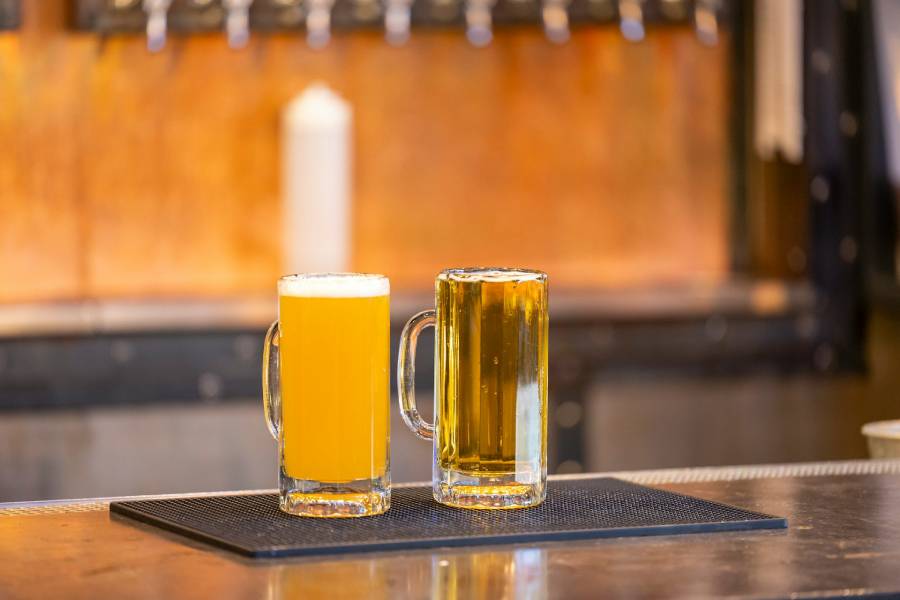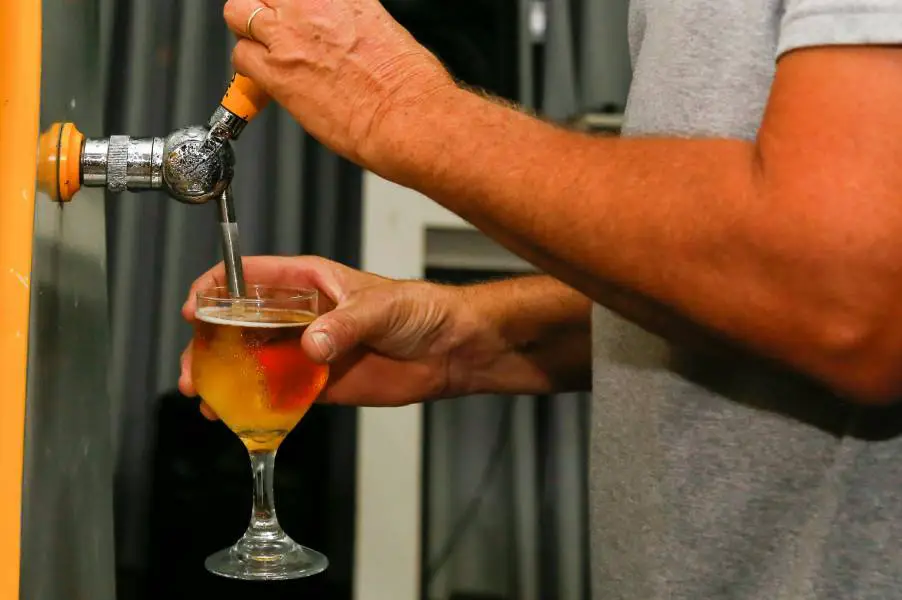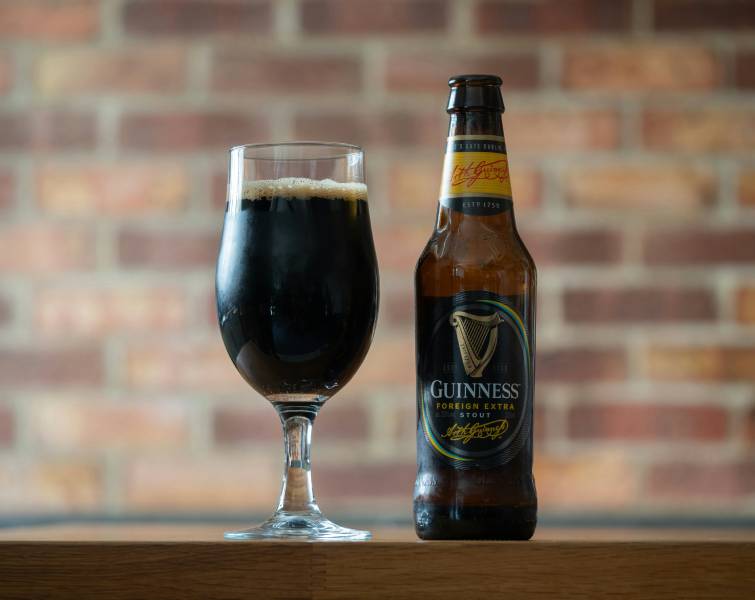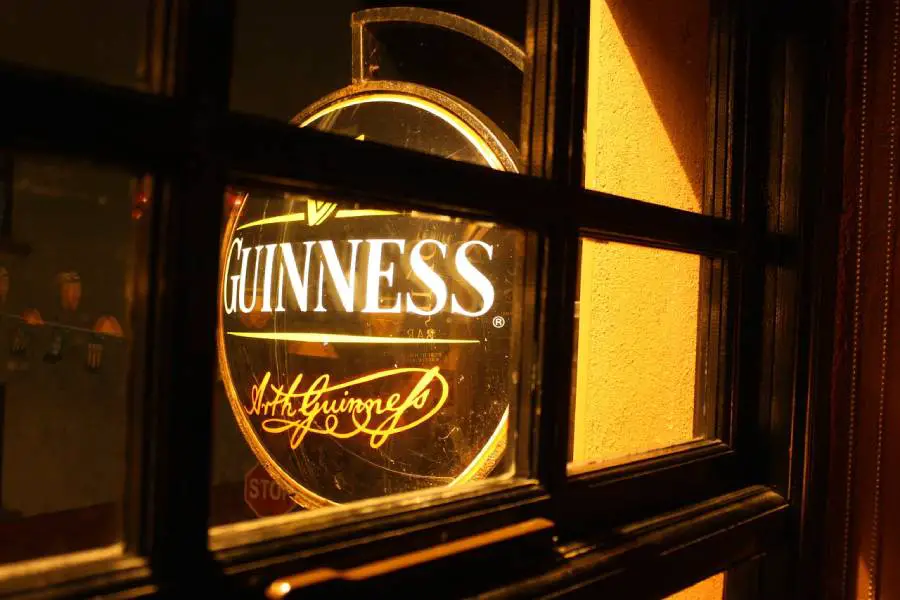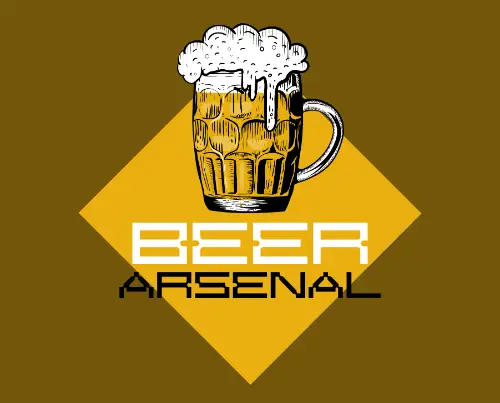How much is a keg of beer and why does the price vary so much? From seasonal brews to craft specialities, kegs offer endless choices, but prices can fluctuate based on size, type, and brand. Whether planning a party or stocking a bar, understanding what impacts keg prices can help you budget smarter.
How Much Is a Keg of Beer?
A keg of beer costs between $100 and $200, depending on various factors such as size, material, type of beer, and regional variations. Typically, a half-barrel (15.5 gallons) will cost around $150 to $200, while a quarter-barrel (7.7 gallons) costs $135. A sixth, on the other hand, will cost around $100, while a corny can cost between $70 to $100.
Additionally, refundable deposits are always required, which may further increase the price of a keg. For instance, the cost of a keg deposit can be between $30 to $100, while that of a tap deposit is $50 to $70. All these deposits are refundable when the keg and tap are returned.
Besides the deposits, most keg sellers in various locations also rent out the taps and tubes, which can further increase the cost of a keg. In most cases, a tap is rented for a fee of $10, while that of a keg tube can be $6 to $7, depending on various factors such as the brand of beer or tax.
Factors Affecting Keg Prices
When considering the prices of kegs, several factors come into play. Here are some of the factors that affect the keg prices:
The Keg Size
The size of the keg plays a major role in determining the price. A larger keg, such as a half barrel, will cost more than a smaller one. The larger keg (half a barrel), for instance, will cost around $200, while the smaller one (quarter barrel) costs $135. A mini keg can cost around $100.
Additionally, the size of the keg affects transportation and storage expenses. Larger kegs potentially require more space and resources, which can influence pricing strategies.
The Beer Type
The type of beer has a significant impact on keg prices. Craft beers, with their intricate brewing processes and high-quality ingredients, often come with a premium price tag compared to mass-produced lagers.
Rare or specialty beers, such as barrel-aged or sour varieties, may also command higher prices due to their limited availability and unique flavors. Imported beers can also be more expensive due to transportation costs and import tariffs, which can further increase the price of the keg.
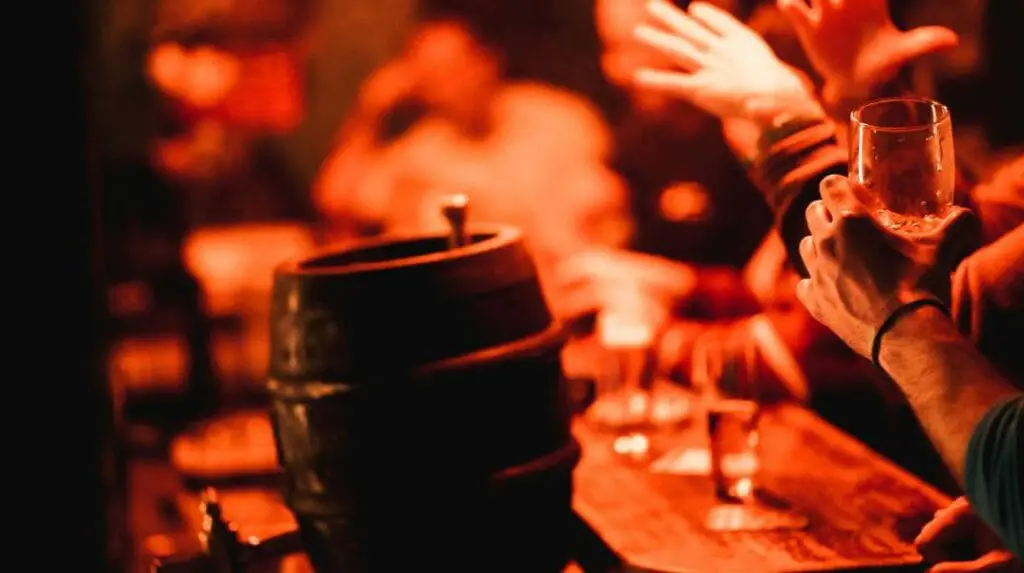
Here are some of the beer brands and the price range per half-barrel keg:
- Corona Light – $200 to $230
- Miller – $190 to $200
- Budweiser – $160 to $170
- Heineken – $220 to $240
- Guinness – $250 to $255
- Budlight – $180
Some brands may go as high as $400, depending on various factors, such as market needs, marketing campaigns, brand popularity, or rarity of the brand. So, check the type of beer you are buying to help you budget accordingly.
Seasonal Demand
Seasonal demand can significantly impact keg prices. During peak seasons like summer or holidays, there’s typically a surge in demand for beer. This increases prices as breweries adjust their pricing to meet the increased demand.
Additionally, special events like sports championships or festivals can cause temporary spikes in demand, further influencing keg prices. Conversely, during off-peak seasons, breweries may offer discounts or promotions to stimulate sales, resulting in lower prices for kegs.
Keg Deposits and Tap Deposits
Keg deposits and tap deposits are some of the factors that can affect the price of a keg. Breweries often charge a refundable deposit for the keg itself and another for the tap equipment. The keg deposit can be $30 to $100, while the tap deposit can be $70.
While these deposits add to the upfront cost, they incentivize customers to return the keg and tap, ensuring their reuse and reducing waste. Sometimes, breweries waive or reduce these deposits as part of promotions or bulk orders, offering customers savings opportunities.
Keg Tap Rentals and Keg Tub Rentals
Breweries or retailers may charge additional fees for renting taps and tubs to dispense and chill the beer. These rental fees can vary depending on the quality of the equipment and the duration of the rental period.
Offering premium taps or decorative tubs may come with higher rental costs but can enhance the drinking experience. Some suppliers may include tap and tub rentals for free with keg purchases as a promotional offer.
Location
Factors such as taxes, distribution costs, and market demand can vary significantly from one region to another. In areas with high taxes or stringent regulations, kegs may be more expensive due to increased production costs.
Furthermore, transportation expenses can impact prices, especially for kegs shipped long distances. Additionally, areas with a higher demand for craft beer or specialty brews may see higher prices due to limited availability and increased competition among consumers.
The only way to avoid delivery or transportation costs is to buy beer from a local store. However, if you don’t have a car, you will need to ask a friend to help you out since the keg might be heavy.
Ingredients and Production Costs
High-quality ingredients, such as specialty hops or imported malts, can drive up production expenses. This leads to higher keg prices.
Additionally, intricate brewing processes or aging techniques, like barrel aging, require more time and resources, further contributing to the overall cost. Craft breweries often prioritize quality over quantity, resulting in higher prices for their kegs compared to mass-produced beers.
Packaging and Branding
Packaging and branding can significantly impact keg prices. Breweries invest in eye-catching designs and sturdy materials for keg packaging. This can add to production costs and ultimately drive up prices.
Some breweries offer customizable keg designs or limited edition packaging, catering to specific consumer preferences but potentially increasing costs. You can avoid such costs by just going for a normal branded keg.
Tips on Saving Money
Now that you know how much a keg of beer is and the factors that influence the prices, you need to understand some of the tips that can help save some cash. Here are the tips that can help you save money when buying a keg:
- Bulk Purchases: Buying multiple kegs or combining orders with friends often results in volume discounts from breweries or suppliers.
- Shop Around: Compare prices from different breweries and retailers to find the best deal on kegs. Consider factors like beer type, keg size, and additional fees.
- Rent Rather Than Buy: Consider renting tap equipment and keg tubs instead of purchasing them outright to save on upfront costs. This is an excellent deal, especially if you don’t plan to make frequent keg purchases.
- Timing: Take advantage of seasonal promotions or off-peak periods when breweries may offer discounts or special deals on kegs to stimulate sales.
- DIY Options: Explore homebrewing as a cost-effective alternative to purchasing commercial kegs. It allows you to customize flavors and save money in the long run.
- Reuse Deposits: Return empty kegs and tap equipment promptly to reclaim any refundable deposits, maximizing your savings on future keg purchases.
- Negotiate: Don’t be afraid to negotiate with breweries or retailers, especially for larger orders. They can offer any additional discounts, saving you some money in the long run.
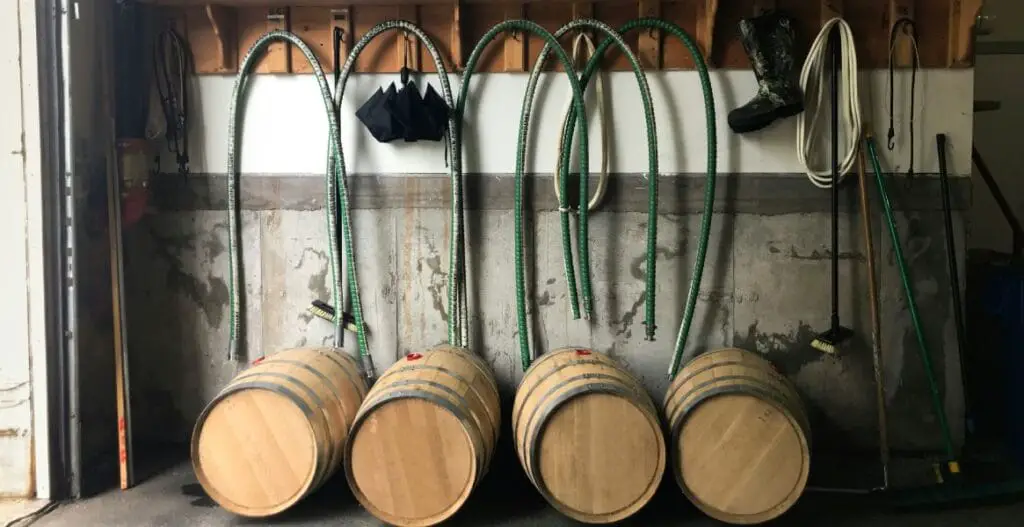
Where to Buy a Keg of Beer
Here are some of the places where you can buy a keg of beer:
- Local Breweries and Brewpubs: You can purchase kegs directly from breweries or brewpubs. Here, you can often find a wide selection of fresh, locally brewed beers.
- Liquor Stores and Specialty Shops: Many liquor stores and specialty beverage shops offer kegs for sale or rental. This helps provide convenience and variety for customers looking to buy beer in bulk.
- Online Retailers: Explore online platforms that specialize in selling kegs of beer, where you can browse a diverse range of options and potentially find exclusive deals or discounts.
- Wholesalers and Distributors: Contact wholesalers or distributors in your area to inquire about purchasing kegs directly. This may offer competitive prices and bulk ordering options for larger events or parties.
- Event Rental Companies: Some event rental companies offer kegs as part of their beverage services. They provide delivery, setup, and pickup options for kegs and tap equipment. This is ideal for large gatherings or special occasions.
Frequently Asked Questions
How Long Do Kegs Last?
A pasteurized keg beer lasts about 90 to 120 days, while a non-pasteurized one can last 45 to 60 days. However, for these beers to last that long, they must be dispensed with carbon dioxide while maintaining the proper temperature and pressure.
Why Do People Buy Kegs?
People buy kegs for parties, gatherings, and events because they provide a convenient and cost-effective way to serve beer to a large group. Kegs also keep the environment clean, as there will not be many cans lying on the ground. They also offer the added benefit of exploring a wider variety of beer options not available in traditional packaging.
Why Does Beer Taste Better From a Keg?
Beer tastes better from a keg because it’s stored under controlled pressure and temperature, preserving freshness and carbonation. Kegs protect beer from exposure to light and oxygen, which can degrade its flavor.
Conclusion
Understanding the complexities behind keg pricing empowers you to make informed choices. Factors like keg size, beer type, and seasonal demand all influence the final cost. Armed with this knowledge, you can confidently navigate the market and get the best value for your favorite brews.



